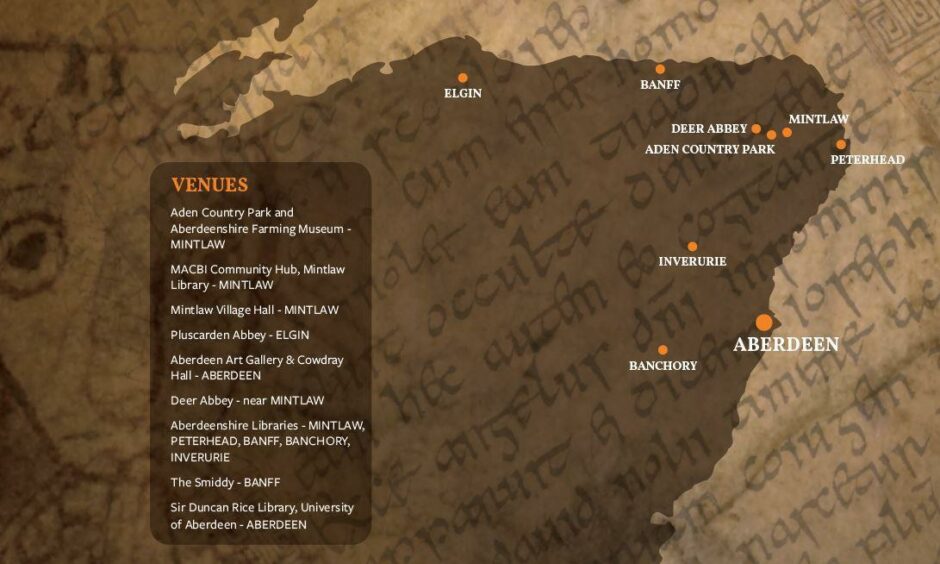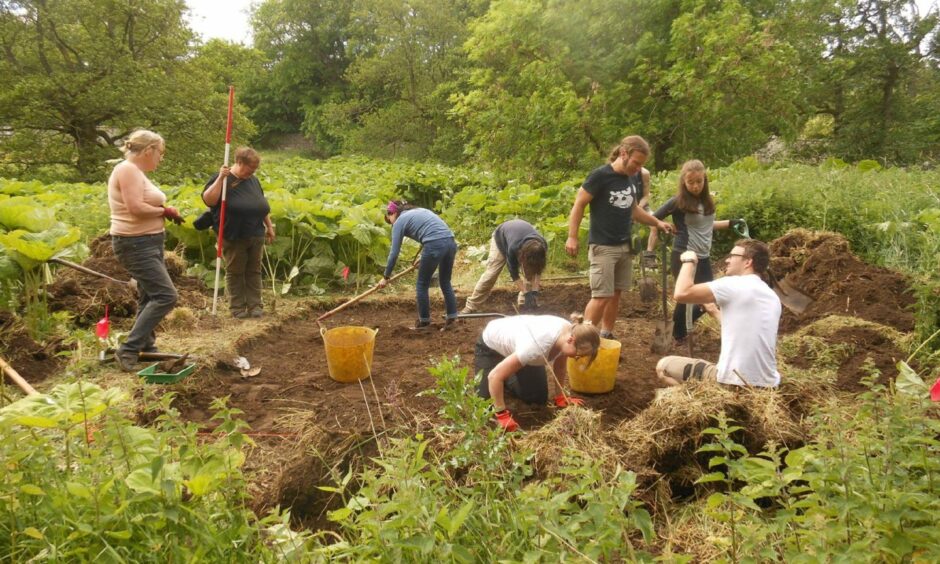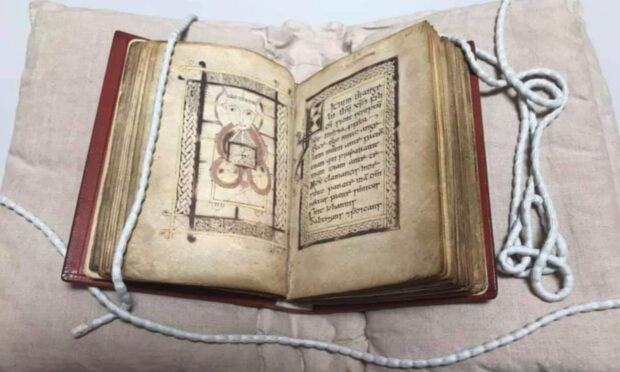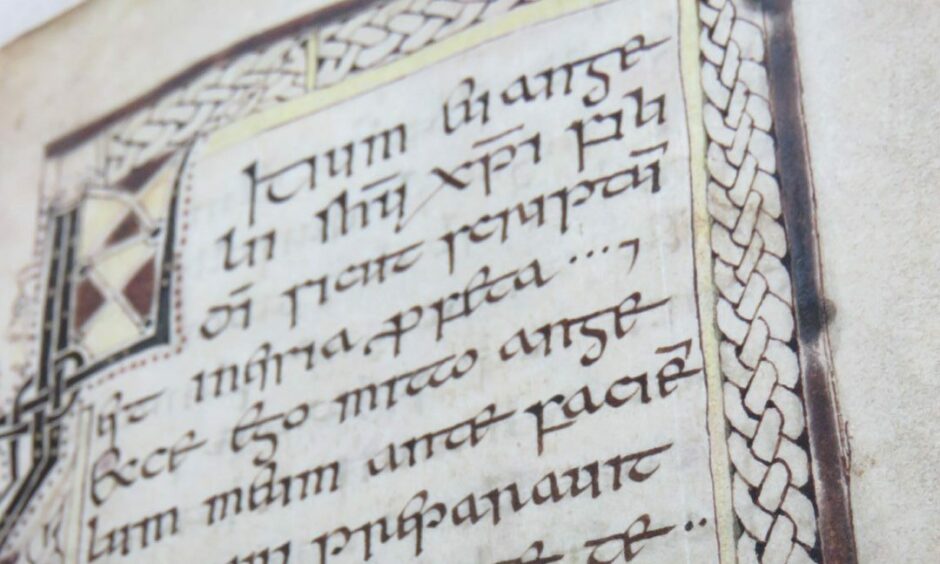A rich programme of events will be held this summer to celebrate the return of an ancient Scottish manuscript to its north-east homeland.
The Book of Deer, which is possibly the oldest surviving artefact of its kind in the country, will soon take its rightful place in Aberdeen for the first time in 10 centuries.
With support from the National Lottery Heritage Fund, the Book of Deer Project secured the loan of the “exquisite” book from Cambridge University Library last year.
It will be on display at Aberdeen Art Gallery from July 2 to October 2 as part of Scotland’s Year of Stories.
And to mark the milestone, people are now invited to join the community heritage group and discover its fascinating story through a wide range of cultural activities.

The programme will be held across Aberdeenshire, as well as Aberdeen, and include expert talks, family trails and games, creative workshops and an unmissable exhibition.
Anne Simpson, chairwoman of the Book of Deer Project, said seeing the book back in the north-east after years of efforts is a “source of great pride” for the group.
She added: “Our volunteer community heritage project has worked hard over many years now to highlight the importance of the Book of Deer, its relationship to the north-east of Scotland and to present its heritage in a modern context.
“It’s a source of immense pride for our group that our dreams have been realised with the support of the National Lottery Heritage Fund and all our project partners.”
Book of Deer ‘supreme cultural importance’ to Scotland
The Book of Deer is of “supreme” cultural importance to Scotland – and particularly for the north-east region – however, had been kept in Cambridge University since 1715.
It is a rare example of a pocket gospel book, which includes the earliest surviving example of written Scots Gaelic in the world within its margins.
And to add further understanding of its heritage, the group also plans to undertake an archaeological dig at the Abbey of Deer, where the ancient text was annotated.
The community excavation will take place over 10 weeks during the summer in hopes of finding the Monastery of Deer which has alluded archaeologists for 11 years.
Led by Cameron Archaeology Ltd, the team will try to create a map of the remains of the buildings that are known to be under the ground in the field west of the abbey.

The project will also allow school pupils and young people to be actively involved in the excavation, ensuring the legacy of the book’s loan continues well beyond this year.
Ms Simpson added: “Imagine how exciting it would be if the community dig was finally able to identify the site of the Monastery of Deer, adding to our understanding of the fascinating story of the Book of Deer.
“The whole project is a fantastic opportunity to connect new audiences with heritage in an inspirational way that will leave a lasting legacy.”
The full programme of events can be found on the Book of Deer website.

